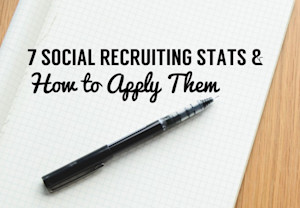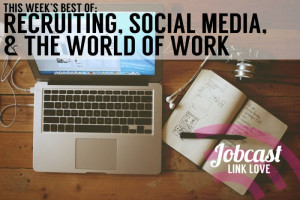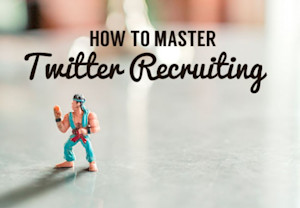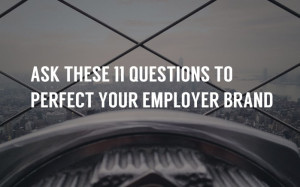March 23
We are very lucky to be living in an age where we have access to such a wealth of information.Big data is all around us and, when used wisely, it can enrich our lives and our work.When it comes to social recruitment, the information at our fingertips can help you navigate the vast world of social media in order to build effective strategies by better understanding the candidates that you wish to attract.We’ve poured over the latest research on social recruiting and job seekers to find the most salient data points to share with you, our readers. And, in case the numbers alone fail to inspire you, we’ve also including some insight as to how each one of these powerful statistics can help guide your social recruiting efforts.73% of…Read More





